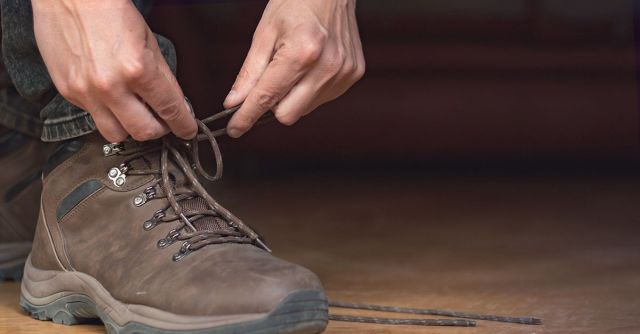COVID-19 & Construction: How to Get Back to Work

Construction businesses across the country are eager to get back to work as soon as the remaining freezes on construction projects are lifted. But restarting a project after a coronavirus-induced shutdown isn’t as simple as unlocking the gate and powering up the field office. The long-term effects of the pandemic are still unknown and minimizing their impact on schedules and budgets will require focused planning.
Here are the steps to take to get your project restarted the right way.
Prepare to mobilize
First, reach out to your fellow contractors – you can’t plan your return to work in a vacuum.
“A startup plan will have to developed and shared with all trades (mechanical, electrical, plumbing, structural, etc),” says Jim Gallagher of Resolution Management Consultants which specializes in project controls and risk mitigation. “In developing such a plan, the contractor needs to engage each trade and verify that its workforce is still intact.”
If any subs or fabrication shops are not ready to operate at full capacity, you may need to find replacements to take over all or a portion of their scope. This can be a very time-consuming process, especially if the owner’s team needs to vet each one.
You should also do a head count of your own crew to make sure everyone is healthy and ready to work. Jim warns that employees you may have temporarily laid off could have already found work on other projects — and that hiring and training new workers mid-project can have implications on productivity, quality, and safety.
Revise schedules
“It is important that contractors recognize that pre-shutdown plans may no longer be viable or may require re-analysis based on current conditions,” Jim says. “With a month or more of shutdown, seasonal work may be pushed into non-seasonal periods and require resequencing.”
No matter how quickly the shutdown is resolved, the ripple effect it has on material and equipment lead times may be felt for months. Before committing to a new substantial completion date, be sure to contact your vendors for updated delivery timelines. You should also work with the owner’s team to source a list of pre-approved backup vendors.
Changes to productivity is another important scheduling consideration, especially for the months immediately following the pandemic.
“Staggering workforces to minimize congestion on sites and social distancing guidelines will impact the time that was initially planned for activities,” Jim explains.
Document everything
Most contracts have force majeure clauses to protect you from being held liable for delays beyond your control, including those caused by labor strikes, natural disasters and, of course, pandemics. However, under these agreements, contractors also have a duty to mitigate delays to the best of their ability – whether they caused them or not. Properly documenting the steps you took to do this will help you avoid liquidated damages.
There will also likely be cost overruns due to the shutdown. Vendors may be forced to increase prices; subcontractors brought in mid-project may be more expensive; and you may have to pay overtime to get projects back on track. Meticulously recording these costs in change orders and providing proof that they were a direct result of the shutdown are crucial for reimbursement.
“The contractors that have strong project controls and systems in place will be capable of presenting the owner or public agency an accurate assessment of the shutdown’s impact – and, therefore, more likely to recover such costs,” Jim says.
Tighten your belt
Until these additional costs are recouped, you will be footing the bill. Reduce your unnecessary expenses as much as possible. These cost-saving measures will vary on a company-by-company and project-by-project basis, but they can range from being extra mindful not to waste material to temporarily reducing salaries. The leanest companies will have the best chances of success.
Communicate your timeline to restart work with the client to make sure they’re ready to resume funding. Remember: this shutdown affected everyone’s pockets. Now is a good time to familiarize yourself with your state’s lien laws, just in case.
Start planning yesterday
Since no one knows exactly how many weeks – or months – each area’s construction freeze will continue, the best time to start planning your return to work is now.
“Simply stated, the planning for restarting a project needs to be done now and modified as needed, once trade input is received,” Jay says. “Those contractors that wait to start evaluating how to best handle these conditions until shutdown orders are lifted will not be in a position to restart their projects and mitigate shutdown effects.”

 Matt Schneiderman •
Matt Schneiderman • 














